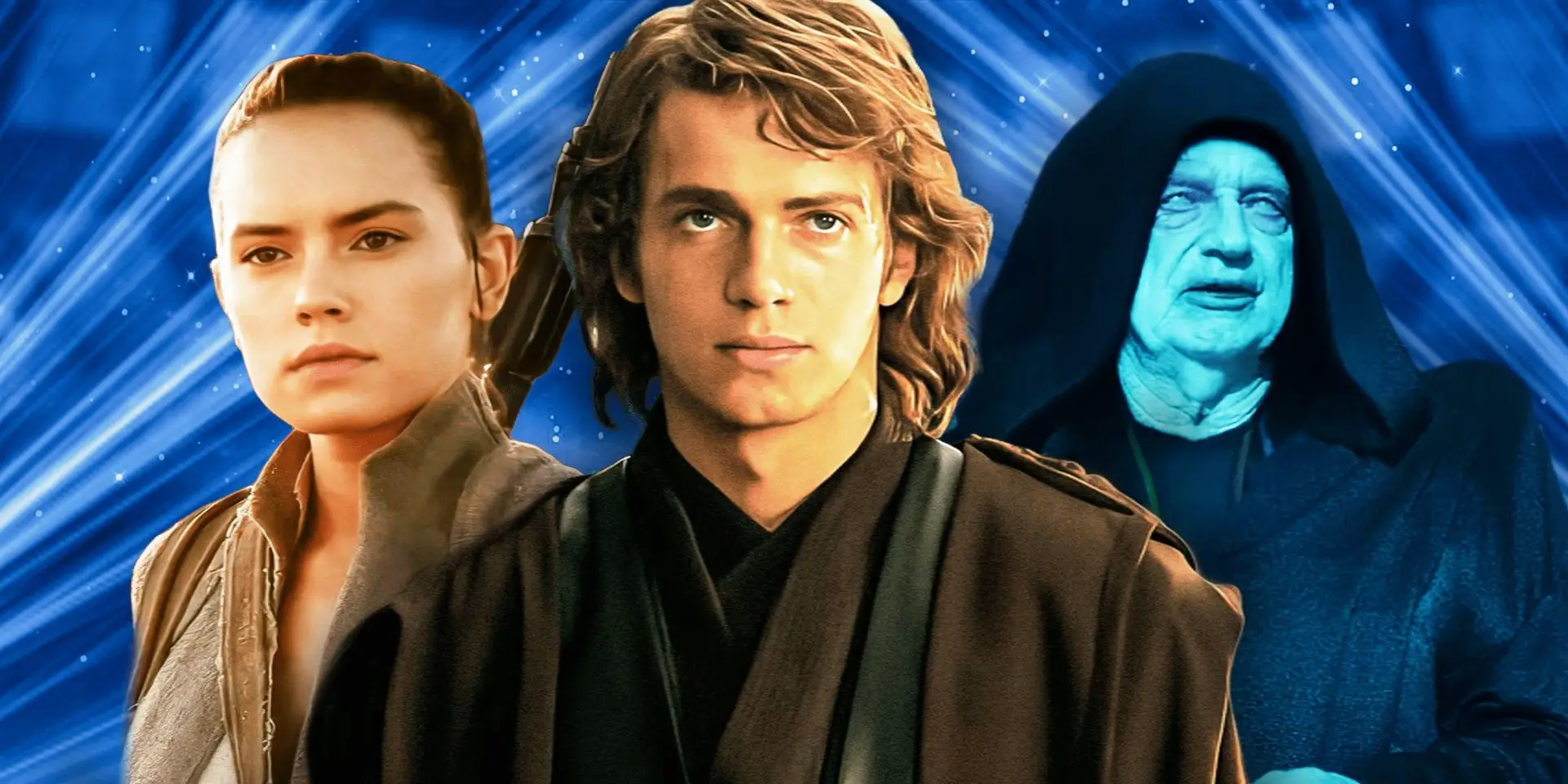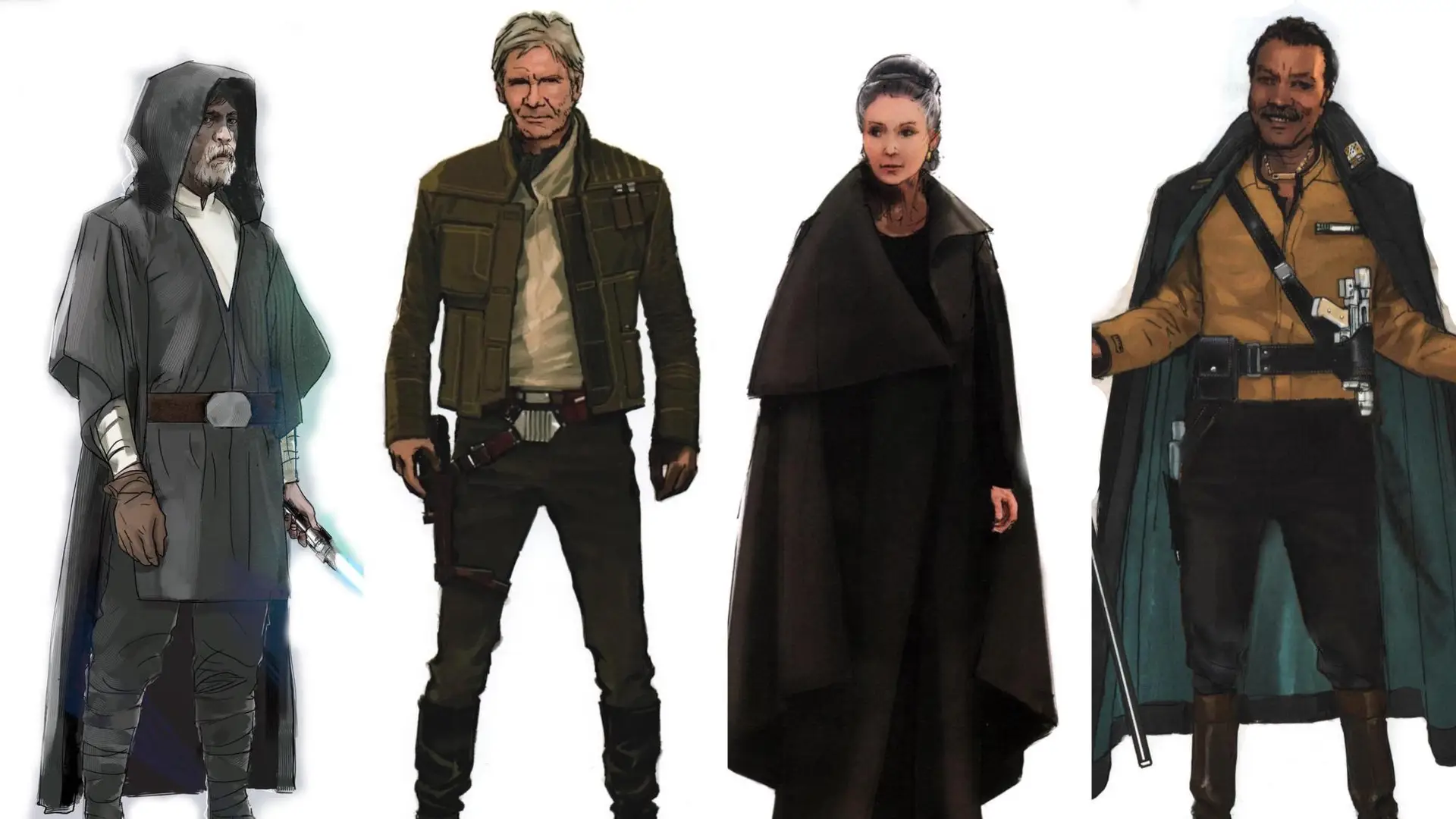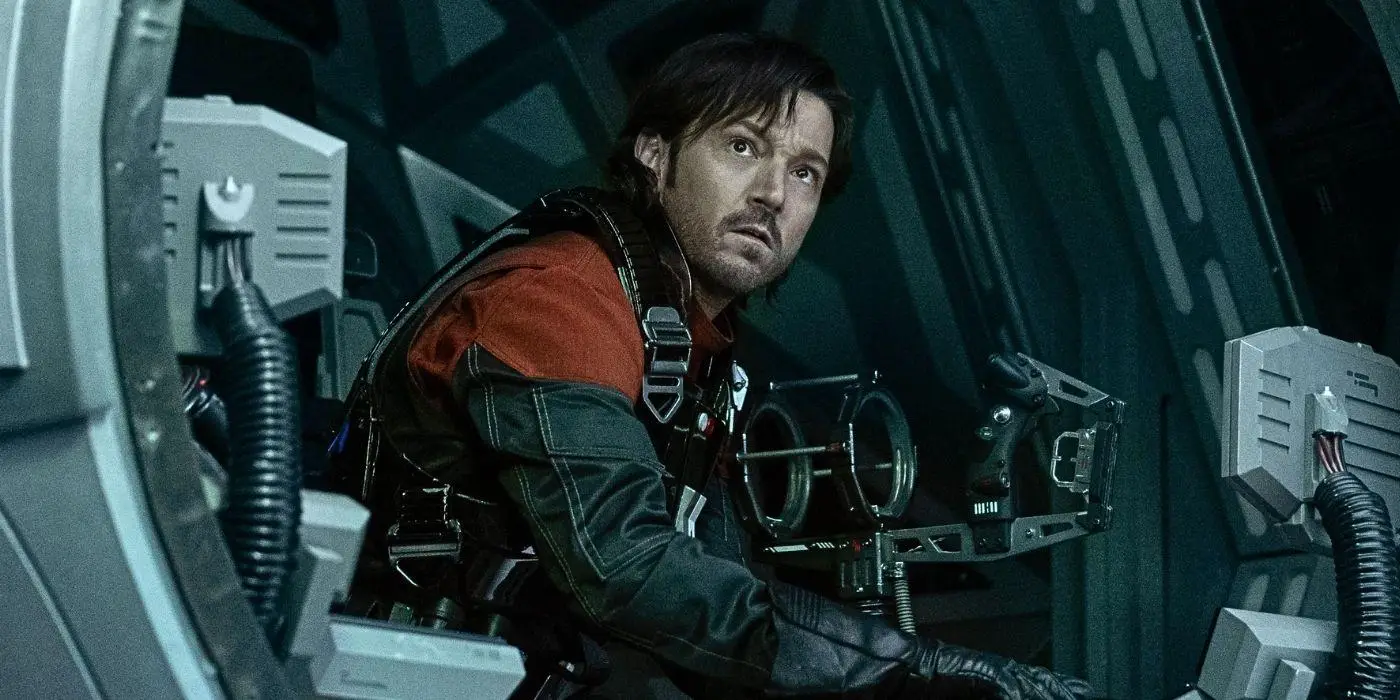Lessons from Revenge of the Sith Lost on the Star Wars Sequel Trilogy
Explore the cinematic magic of *Revenge of the Sith,* the crown jewel of the Star Wars prequels, where George Lucas masterfully intertwines the tragic fall of Anakin Skywalker and the harrowing conclusion of the Clone Wars, setting a narrative gold standard that the sequel trilogy struggled to replicate. Lucas’s bold choice to veer into a darker, somber tone proved invaluable, cementing the film’s legacy with emotional depth and seamless storytelling. In stark contrast, the sequel trilogy, while brimming with potential through intriguing characters like Rey and Kylo Ren, faltered due to scattered plots and hastily introduced elements, such as the sudden revival of Emperor Palpatine, leaving fans grappling with unanswered questions about the First Order’s swift rise. Though initially capturing nostalgic excitement, the sequels ultimately wavered, highlighting the absence of a unified vision. Dive deeper into this galactic saga to uncover what makes a compelling legacy that echoes across time. #StarWars #RevengeOfTheSith #SciFiSaga #AnakinSkywalker #CinematicJourney
Quick Takeaways:
- Revenge of the Sith delivers a clear, emotionally grounded story with lasting impact
- Its heavy themes and character arcs provide a strong bridge between trilogies
- The sequel trilogy offers compelling ideas but lacks consistency and follow-through
- Gaps in world-building and rushed narrative choices weakened later films
A Focused Vision in Revenge of the Sith
As the final entry in the prequel trilogy, Revenge of the Sith brought major storylines to a thoughtful and effective close. The film follows Anakin Skywalker's transformation into Darth Vader while resolving the Clone Wars conflict, setting the stage for the original trilogy. George Lucas focused on a darker narrative tone, a bold move that gave the story gravity and emotional impact. This approach solidified the movie’s reputation years later, with many viewers appreciating its depth and thematic consistency.
The story also benefits from a clear sense of purpose. Every major plot point—from Palpatine’s manipulation to Padmé’s heartbreak and Obi-Wan’s remorse—serves the larger arc. The bridge between the prequels and original trilogy is handled with care, making events in the Star Wars timeline feel connected and purposeful.
Uneven Execution Across the Sequel Trilogy
While the sequel trilogy introduced new heroes and themes, such as Rey’s mysterious origins and Kylo Ren's internal struggle, it never fully explored them. With shifting creative directions between episodes, momentum was lost. The concept of light versus dark remained, but character growth and plot coherence suffered.
Questions surrounding the rise of the First Order and Emperor Palpatine’s unexplained return left many audience members puzzled. Without a stronger foundation or explanation, the galaxy’s situation post-Return of the Jedi lacked weight. These missing pieces created a sense that the universe had reset without much context.
Missed Opportunities and Short-term Success
The Force Awakens sparked initial interest by reintroducing familiar elements while teasing new developments. It successfully reconnected longtime fans with the franchise. However, as each subsequent film changed direction or ignored setups, the trilogy's momentum stalled. Choices that could have added weight or emotional depth—such as deeper exploration of Rey’s pull toward the dark side—were left underdeveloped.
By contrast, Revenge of the Sith demonstrated that strong planning, emotional stakes, and commitment to character arcs leave a lasting impression. It showed that telling a complete and thoughtful story can resonate more than short-term excitement.
Frequently Asked Questions
What lesson did Revenge of the Sith try to teach about the Jedi and the Force?
Revenge of the Sith emphasized that the Jedi’s rigid dogma and detachment from emotion contributed to their downfall. It showed that fearing loss and suppressing personal attachments can lead to dangerous consequences, such as Anakin’s fall to the dark side.
How did the Star Wars sequel trilogy ignore the themes of Revenge of the Sith?
The sequel trilogy largely overlooked the core theme of emotional attachment and fear leading to darkness. Instead of exploring how the past shaped the new generation, it reset the conflict without addressing the root causes of the original fall of the Jedi and Anakin Skywalker.
Why is emotional attachment important in the Star Wars saga?
Emotional attachment is central to the saga, as it drives the choices of key characters like Anakin and Luke. When handled with balance, attachment can lead to compassion and strength, but when twisted by fear or control, it can cause devastation.
Did the sequel trilogy misunderstand the role of the Jedi?
Many fans feel the sequel trilogy failed to evolve the Jedi philosophy, repeating old mistakes rather than learning from them. Luke’s disillusionment suggests this, but the films didn’t fully explore how the Jedi could change for the better.
What made Anakin turn to the dark side in Revenge of the Sith?
Anakin turned to the dark side primarily due to his fear of losing Padmé and the Jedi Council’s distrust of him. Palpatine manipulated these fears, offering Anakin false promises of control and power to save her.
Could the sequel trilogy have connected more with the prequels?
Yes, by acknowledging and building upon the moral and philosophical lessons of the prequels, the sequels could have provided deeper narrative continuity. They missed opportunities to reflect on Anakin’s choices and the Jedi Order’s past failures.
What legacy did Revenge of the Sith leave for future Star Wars films?
Revenge of the Sith left a legacy of moral complexity, showing how good intentions can lead to tragedy if not balanced. It challenged the black-and-white view of the Force, a nuance often absent in the sequel trilogy.
Filipino Translation:
Alam mo, ang galing talaga ng storytelling sa Revenge of the Sith—ang dami mong matutunan doon na parang na-miss ng sequel trilogy ng Star Wars. Since ito 'yung climax ng prequel trilogy, ang solid ng pagka-wrap up sa mga important events like the Clone Wars at 'yung pagbagsak ni Anakin Skywalker sa dark side. 'Yung choice ni George Lucas to go for a darker tone—akala ng iba risky, pero in the end, 'yun pa 'yung nagdala ng impact kaya hanggang ngayon, sobrang ma-appreciate pa rin 'yung movie. Ang smooth din ng pag-connect niya between the prequels and original trilogy, kaya ang lakas ng pagkakabuo ng kwento.
On the other hand, medyo sabog talaga 'yung sequel trilogy. May mga magagandang ideas like 'yung struggle ni Rey sa dark side at 'yung pagka-conflicted ni Kylo Ren, pero 'di siya masyadong na-develop. Lalo na 'yung kay Emperor Palpatine—bigla-bigla na lang siyang bumalik, pero walang maayos na explanation. Kaya ang daming scenes na parang "Hala, ano 'to?" Tuloy, ang labo ng story, tapos ang daming tanong. Like, saan ba galing 'yung First Order? Bakit bigla na lang silang malakas at in charge na sa galaxy? Kaya tuloy parang ang hirap makonek sa setup from Return of the Jedi to The Force Awakens.
Pero kahit ganun, may mga okay na moments din naman sa sequels. Lalo na 'yung The Force Awakens—ang lakas ng nostalgia factor, tapos exciting talaga siya panoorin. Parang ang daming promise for solid storylines. Kaso habang tumatagal, nag-die down din 'yung momentum. Kaya at the end of the day, mas tumatak talaga 'yung Revenge of the Sith. Pinakita kasi niya kung gano ka-importante 'yung maayos na vision at emotional weight para magmarka talaga ang isang story.
Star Wars’ Sequel Trilogy Forgot The Most Important Lesson From Revenge Of The Sith was first published here.














